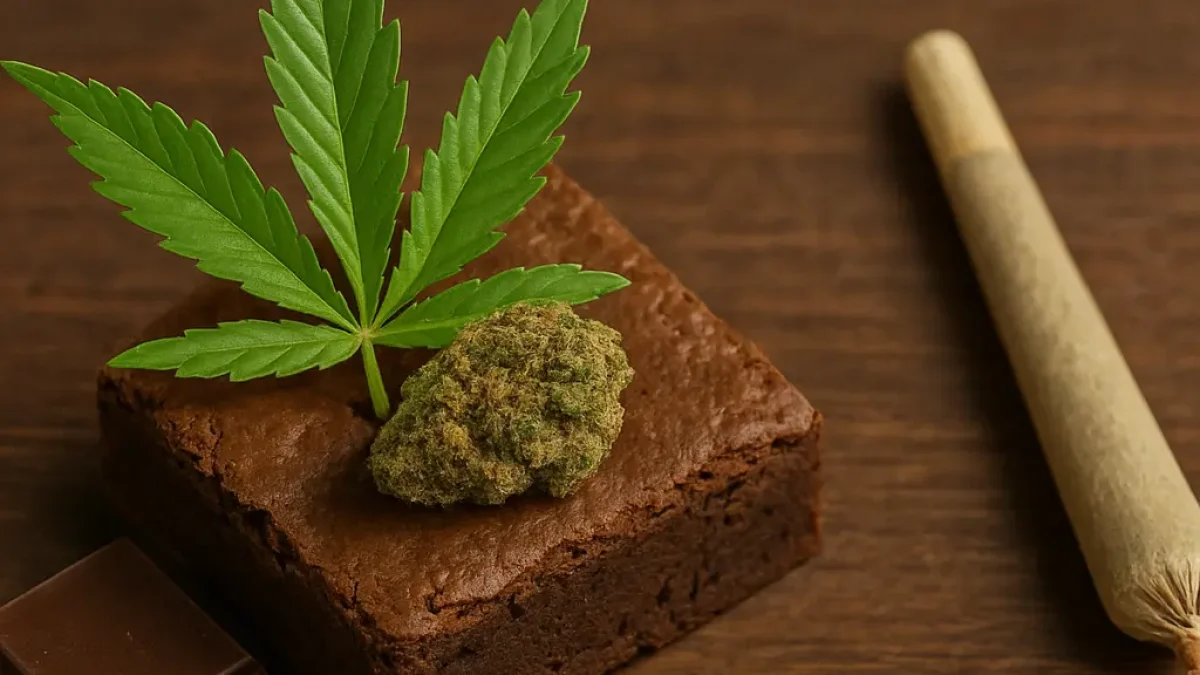In today’s fast-paced world, people are turning to cannabis not just for relaxation, but also for improving creativity, productivity, and emotional balance. However, because cannabis affects everyone differently, tracking its impact over time can help you better understand how it fits into your lifestyle. One powerful way to do this is through cannabis journaling.
By keeping a structured record of your cannabis use—strain, dosage, method of consumption, and effects—you can uncover patterns that reveal how cannabis influences your mood, productivity, and creativity on a daily basis.
Why Start a Cannabis Journal?
Cannabis isn’t a one-size-fits-all experience. Factors like strain type (sativa, indica, hybrid), THC and CBD levels, and even your mindset at the time of use can dramatically affect results. A cannabis journal allows you to:
- Track Mood Shifts – Noting your emotions before and after consumption helps identify strains that uplift versus those that calm.
- Measure Productivity – Observe whether certain doses help you focus, or whether they make you feel too relaxed to complete tasks.
- Boost Creativity – Capture moments of inspiration and see which cannabis routines align with enhanced creative flow.
- Avoid Negative Effects – Recognize triggers for anxiety, brain fog, or fatigue.
What to Include in Your Cannabis Journal
A well-kept journal doesn’t need to be complicated. Whether digital or on paper, focus on key elements:
- Date & Time of Use – Morning, afternoon, or evening sessions may feel different.
- Strain & Product Type – Flower, vape, edibles, tinctures, or concentrates.
- Dosage – Small microdose vs. larger recreational dose.
- Consumption Method – Smoking, vaping, eating, or oils.
- Mood Before & After – Calm, anxious, energetic, inspired, distracted, etc.
- Productivity Notes – Tasks accomplished or challenges faced.
- Creativity Insights – Ideas sparked, projects advanced, or artistic flow.
Some people also rate each session on a scale (1–10) for focus, energy, and overall satisfaction.
The Benefits of Long-Term Tracking
Over weeks and months, journaling helps reveal patterns you might not notice in the moment. For example:
- A certain sativa strain may boost creativity in the morning but disrupt sleep at night.
- Low-dose edibles might help with focus, while higher doses lead to distraction.
- Balanced THC:CBD ratios may improve mood stability compared to high-THC strains.
This data empowers you to design a cannabis routine that fits your personal goals—whether that’s optimizing work output, enhancing creative projects, or maintaining emotional balance.
Journaling as Part of Mindful Cannabis Use
Journaling isn’t just about tracking; it also fosters mindfulness. Taking a few minutes to write down your experiences helps you become more aware of how cannabis interacts with your body and mind. Over time, this awareness encourages intentional use, turning cannabis into a tool rather than a habit.
Final Thoughts
Cannabis journaling is a simple yet powerful practice for anyone looking to better understand the connection between cannabis, mood, productivity, and creativity. By recording your experiences consistently, you can discover which strains, doses, and routines work best for you—leading to more mindful, effective, and enjoyable use.

